Study of US married and soon-to-be married LGBTQ couples reveals top proposal, planning and wedding day trends
NEW YORK, June 23, 2017 /PRNewswire/ — In celebration of Pride Month and the second anniversary of marriage equality in the US, The Knot, the number one wedding brand and marketplace, and Q.Digital, the trusted voice in the LGBTQ community, today release the results from The Knot & Q.Digital LGBTQ Weddings Study. The study surveyed 821 LGBTQ respondents in the US who were married or are engaged to be married to reveal the average cost of a wedding for LGBTQ couples, how they are proposing, traditions and other key statistics related to LGBTQ weddings in America.
The average cost of a wedding for male couples is $18,049 and $17,341 for female couples. Couples are hosting intimate gatherings to celebrate their love, with male couples hosting an average of 84 wedding guests, and female couples hosting an average of 87 guests. Personalization is a top priority among all couples as they plan their wedding day; 99% of females and 96% of males report that their wedding was personalized.
“Today’s couples want a personalized celebration that reflects their unique style and personalities together,” said Kellie Gould, editor-in-chief of The Knot. “To-be-weds are opting for mixed-gender wedding parties, personalized processionals and unique twists to long-standing traditions. These trends are in no way exclusive to same-sex couples, but are growing in popularity with this community.”
Top Statistics from The Knot LGBTQ Wedding Study 2017
- Average Wedding Cost (excludes honeymoon): Women, $17,341; Men, $18,049
- Average Engagement Ring Spend: Women, $3,185; Men, $2,226
- Average Marrying Age: Women, 36; Men, 46
- Average Number of Guests: Women, 87; Men, 84
- Average Length of Engagement: Women, 13 months; Men, 12 months
- Most Popular Month to Get Married: Women, October, 15%; Men, October, 15%
- Percentage of Destination Weddings: Women, 29%; Men, 35%
LGBTQ Wedding Trends
A Pair of Proposals. Aside from asking, “Will you marry me?” there are no steadfast rules to creating a great proposal. But when it comes to same-sex proposals, who asks whom? Some couples decide who’s going to do the asking, others wait and see who pops the question first and many are both opting to propose to each other. According to The Knot & Q.Digital LGBTQ Weddings Study, 17% of female couples and 11% of males couples both proposed to one another. Women are more traditional when proposing, with 43% proposing on bended knee compared to 28% of men doing the same. Women (86%) are also more likely than men (60%) to exchange engagement rings during the proposal. Of the women and men who exchanged engagement rings, one in four went for one of the custom engagement rings options available to add an extra layer of thought and personalization into the process (26% of women; 23% of men).
Equality-Minded Pros Are a Must. Same-sex couples are eager to partner with wedding professionals, be it a cake baker, florist or planner, who are equality-minded and openly show support of same-sex marriage. According to the study, female (30%) and male (11%) couples admitted that they were turned away from vendors or left feeling uncomfortable due to their LGBTQ identity. An overwhelming majority of LGBTQ couples (88% of males and 91% of females) agree that vendors should clearly communicate that they are LGBTQ friendly, and 91% of males and 92% of females are more likely to book a vendor that caters to the LGBTQ community. The Knot makes it easier than ever for vendors to note that they’re LGBTQ friendly on their online profiles on TheKnot.com.
Wedding Day Looks are No Surprise. Instead of waiting for a first look or a grand ceremony reveal, many same-sex couples are forgoing tradition and getting dressed together. Furthermore, LGBTQ couples also showed their looks to each other before the day of their wedding (48% of men and 17% of women).
Creating A Unique Ceremony Set Up and Rethinking the Processional. There’s no rule book for same-sex wedding ceremonies, so couples are switching it up, opting for a ceremony in the round or staging multiple aisles, diffusing any pressure of who walks when. Other couples are skipping processionals completely, and instead having their guests walk down the aisle to greet them at the altar. Furthermore, some are choosing to walk in together to symbolize the start of their journey together (42% of male couples and 20% of female couples). Another twist on tradition is the ceremony music. Only 3% of men and 2% of women walked down the aisle to the tune of the traditional Wagner’s Bridal Chorus.
Making History a Part of the Celebration. Beyond personalizing their wedding with a theme (41% of women, 32% of men), signature cocktail (29% of men, 25% of women), guest entertainment such as photo booths and comedians (29% of women, 27% of men) and a wedding logo or monogram (18% of men, 12% of women), LGBTQ couples are also personalizing their ceremony by including a nod to the historic Supreme Court decision legalizing same-sex marriage across the nation. One popular reading couples are including in their ceremony comes from the Obergefell v. Hodges majority opinion by Justice Kennedy: “No union is more profound than marriage, for it embodies the highest ideals of love, fidelity, devotion, sacrifice, and family. In forming a marital union, two people become something greater than once they were. As some of the petitioners in these cases demonstrate, marriage embodies a love that may endure even past death. It would misunderstand these men and women to say they disrespect the idea of marriage. Their plea is that they do respect it, respect it so deeply that they seek to find its fulfillment for themselves. Their hope is not to be condemned to live in loneliness, excluded from one of civilization’s oldest institutions. They ask for equal dignity in the eyes of the law. The Constitution grants them that right.”
Mixed-Gender Wedding Parties. Eight in ten LGBTQ couples (82%) had wedding attendants. Among female couples, 74% had a maid of honor (58%) or best woman (16%), and 36% had a man of honor (14%) or best man (22%). Forty-one percent of male couples had a maid of honor (14%) or best woman (27%), and 60% had a man of honor (12%) or best man (48%). Only 20% of LGBTQ couples had exclusively men only (9%) or women only (11%) wedding parties.
In celebration of the second anniversary of the historic Supreme Court ruling to legalize same-sex marriage in the US, married couples shared their unique stories, struggles, and how their #LoveMarchesOn with The Knot. To view the video, click here.
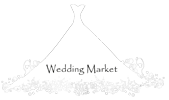
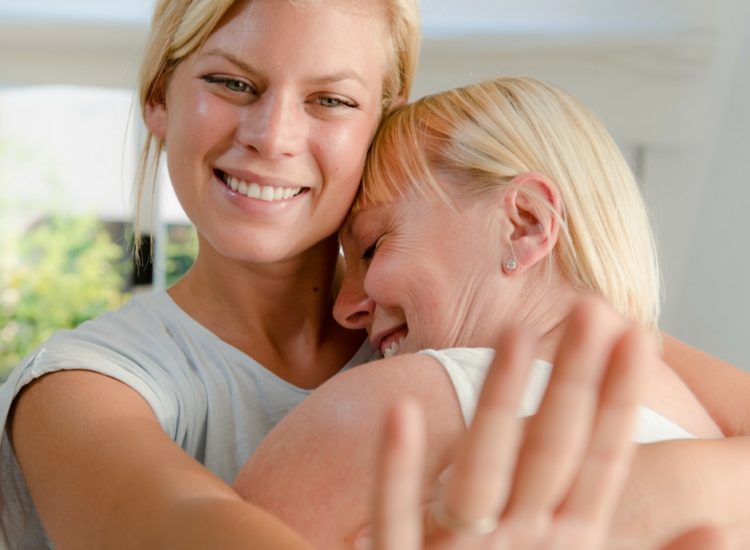

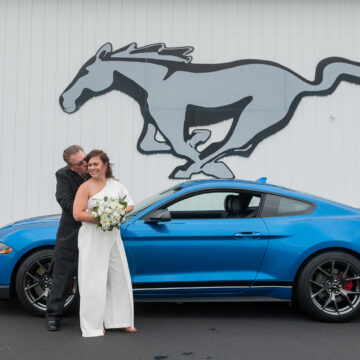
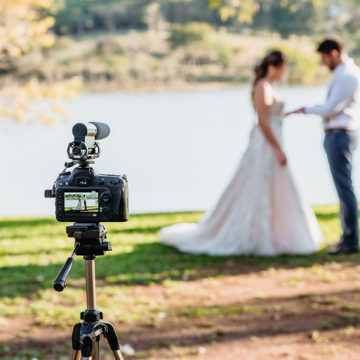

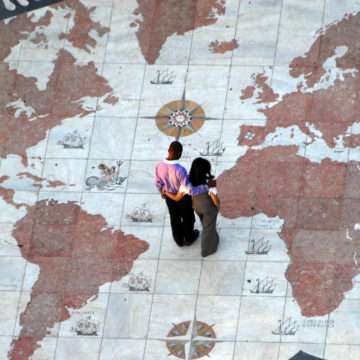


Join the Conversation →